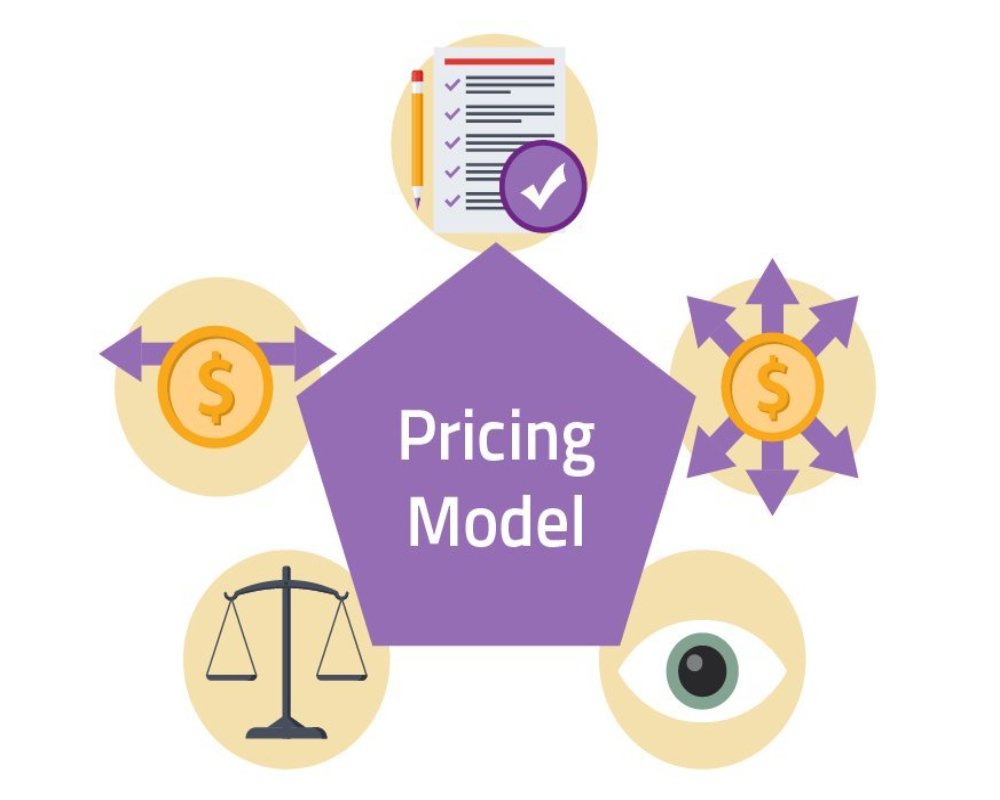Amid escalating guidance values in commercial real estate, buyers are increasingly demanding flexible pricing models to manage their investment risks, creating new pressures for landowners and developers. Rigid, upfront payment structures are being challenged, with buyers seeking staggered payments, milestone-linked disbursements, and conditional pricing tied to infrastructure delivery. High guidance rates have raised entry costs substantially, prompting cautious investors to negotiate terms that protect cash flow and mitigate regulatory or operational uncertainties. Sellers who resist such flexibility risk losing serious buyers in today’s competitive market. Flexible pricing is quickly becoming a standard expectation, not a special negotiation point.
Developers and landowners are responding by offering structured deals such as deferred payment plans, early payment incentives, and discounts tied to bulk purchases or long-term leaseback agreements. Some transactions are now including price adjustment clauses based on future infrastructure milestones, environmental clearances, or taxation changes. Buyers are also negotiating for development-linked valuation models where final land costs vary based on actual project progress or approvals obtained. These flexible frameworks help maintain deal momentum without overwhelming buyers with immediate high capital outlays. Structured pricing is reshaping how commercial land deals are designed and executed in high-guidance corridors.
This shift reflects a broader transformation toward risk-sharing and adaptability in commercial land transactions. As guidance rates climb, both buyers and sellers recognize the need for innovative financial arrangements that sustain liquidity and confidence. Governments encouraging land monetization will also need to factor flexible transaction models into future policy frameworks to maintain vibrant commercial markets. Ultimately, flexible pricing strategies will lead to more resilient, dynamic, and investor-friendly real estate ecosystems. In an era of volatile valuations, adaptability in deal structuring is emerging as a key competitive advantage for commercial land stakeholders.


